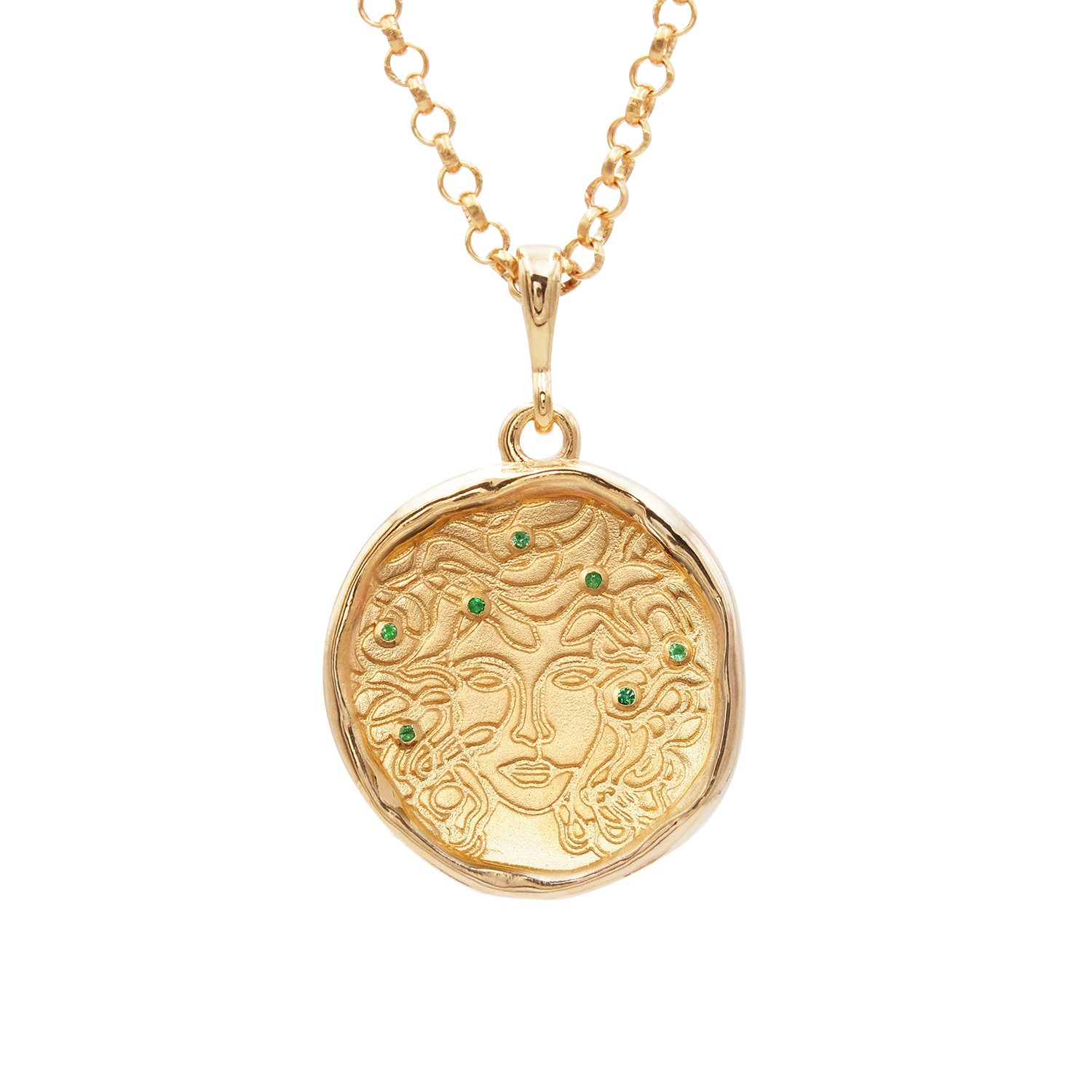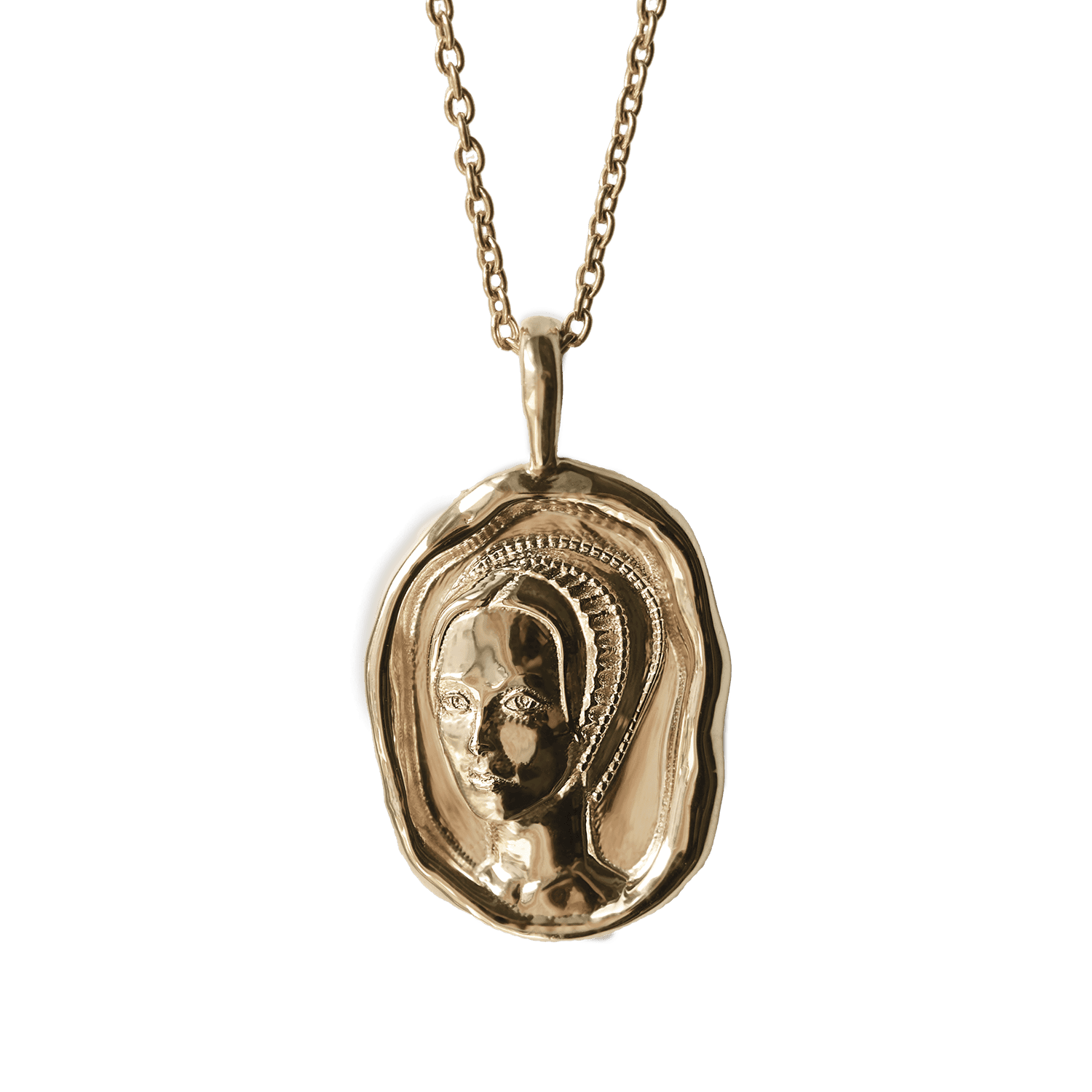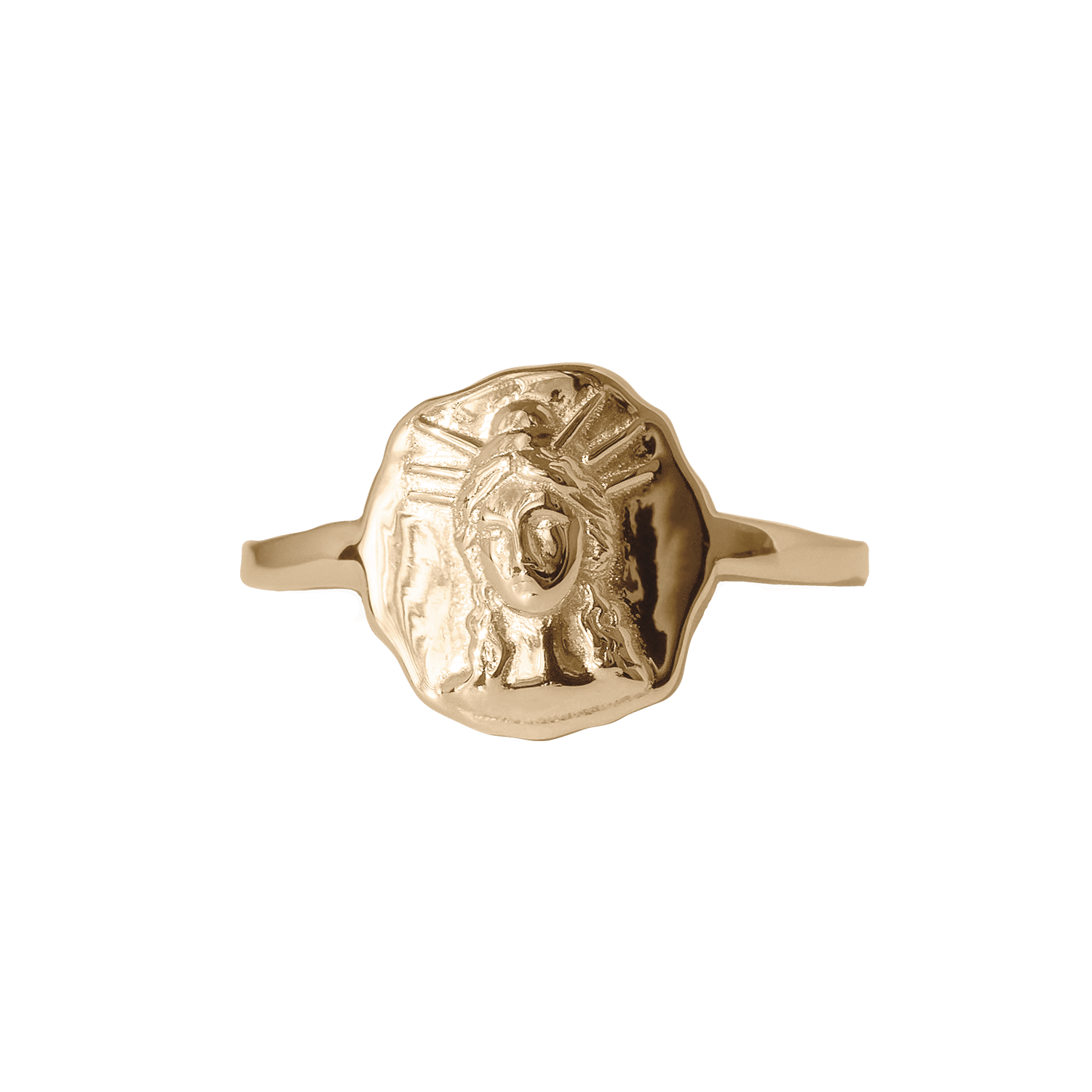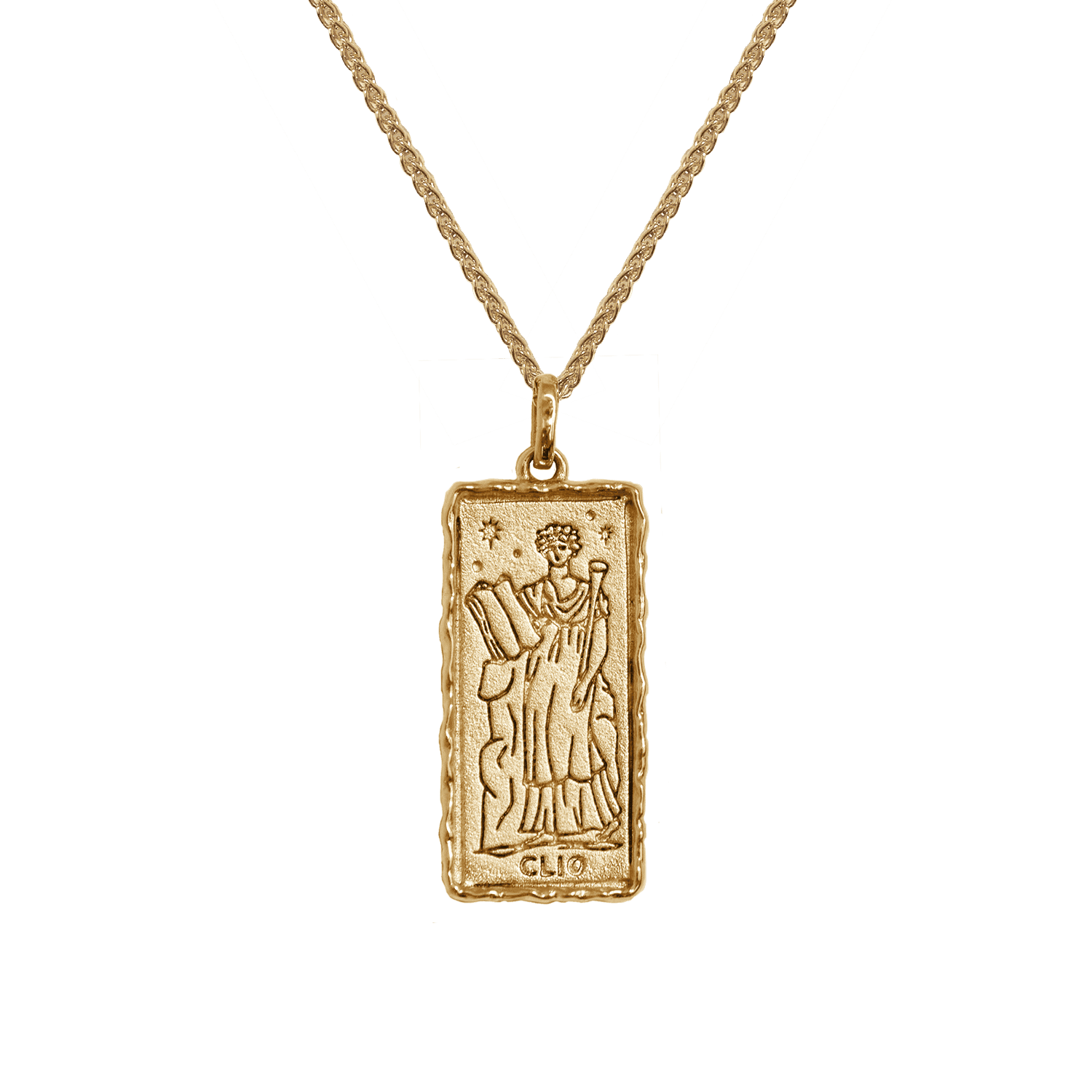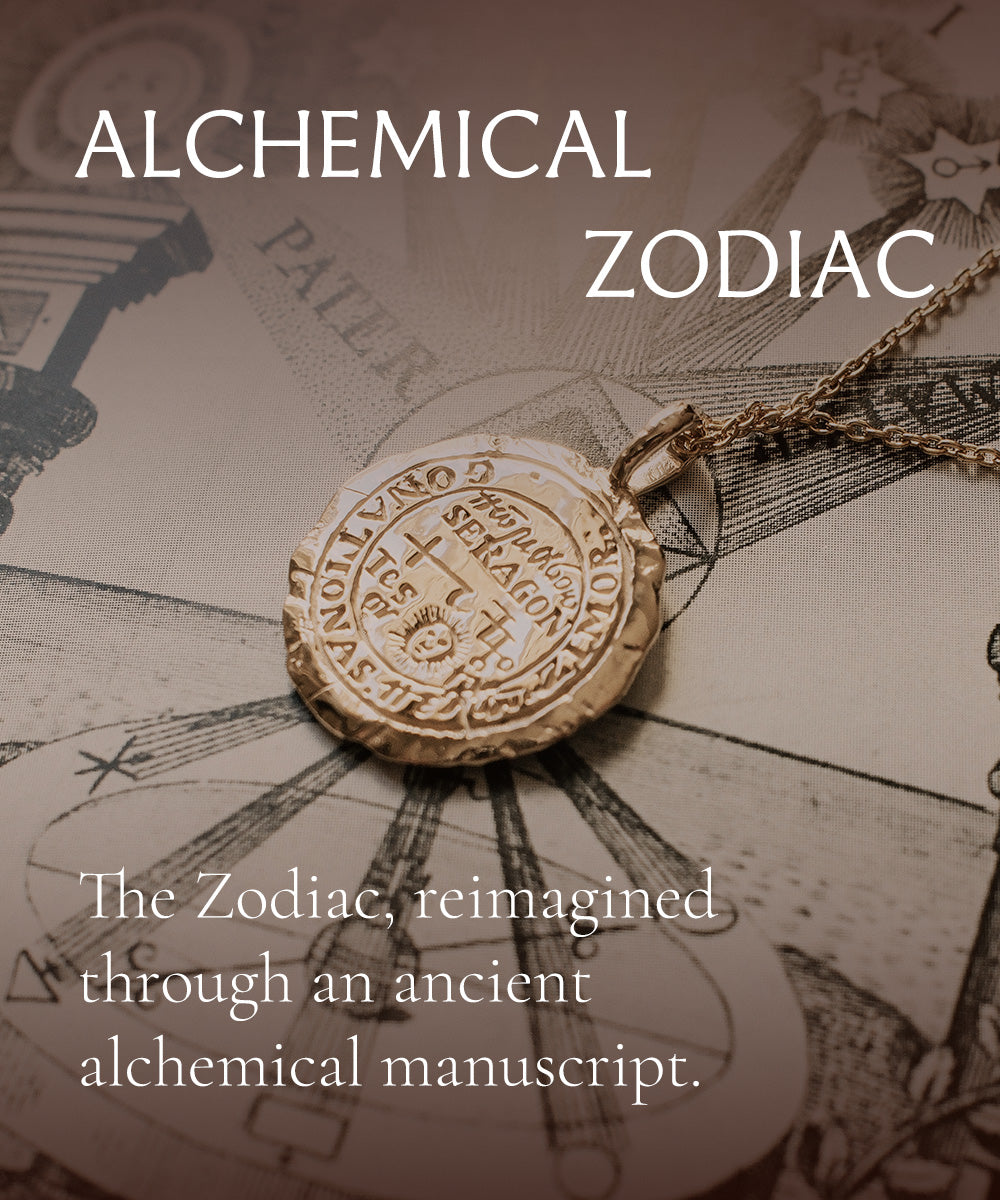Ophiuchus, the serpent bearer, is a constellation shrouded in mystery and legend.
He is painted across the sky between Scorpius and Sagittarius, best viewed late at night in the summertime.
He was once known as Nirah, the Babylonian god with serpent legs.
Early Greek myths call him Apollo, struggling with the serpent that guarded the oracle at Delphi.
Later sources relate him to Laocoön, a Trojan who tried in vain to save his city from the Trojan Horse, and was strangled by a serpent for his efforts.
The Romans looked up in the summer sky and saw Asclepius, the healer god, who legend says discovered the secret of eternal life when he observed one snake bringing healing herbs to another.
On his right is the constellation Serpens Cauda, the tail of the serpent, and on his left, Serpens Caput, the head of the serpent. The brightest star at the crown of his head is still named Rasalhague, derived from raʼs al-ḥawwāʼ, Arabic for “the head of the snake charmer,” leading us to believe that medieval Islamic astronomers saw a man taming the serpent.
No matter what his name or what role he played, Ophiuchus was always the same: a man and a serpent. But his role in the night sky is a bit of a complicated affair.
The zodiac constellations that cross the ecliptic, or the plane of Earth’s orbit around the sun—at most times, the sun can be seen in one of these constellations, which gives us zodiac signs.
Constellations and signs are not one and the same. When the zodiac was first described by Babylonians, in August the sun was in the constellation Leo, in September the sun was in Virgo, and so on. The signs were drawn in a twelve month band across the sky that followed the sun at that time. There has been some natural shift since then, due to the wobble of Earth’s axis, but fear not. Your zodiac sign is still what you know it to be, even if the constellation has shifted.
Babylonian astronomers saw the serpent bearer dip into the zodiac band, but they opted to exclude him, instead choosing to use the other twelve zodiac signs for the twelve months of the year. But still he remains, edging into the ecliptic. In those dark, cool, final days of the year, the sun passes through Ophiuchus.
Different sources will give different dates, but late November and early December, dates that are usually given over to Scorpio and Sagittarius, belong to Ophiuchus. He is still not a zodiac sign, take note: the zodiac signs are fixed, and your sign is not different, but still, he remains, endlessly struggling with a serpent in the sky, a shadow over the zodiac.
